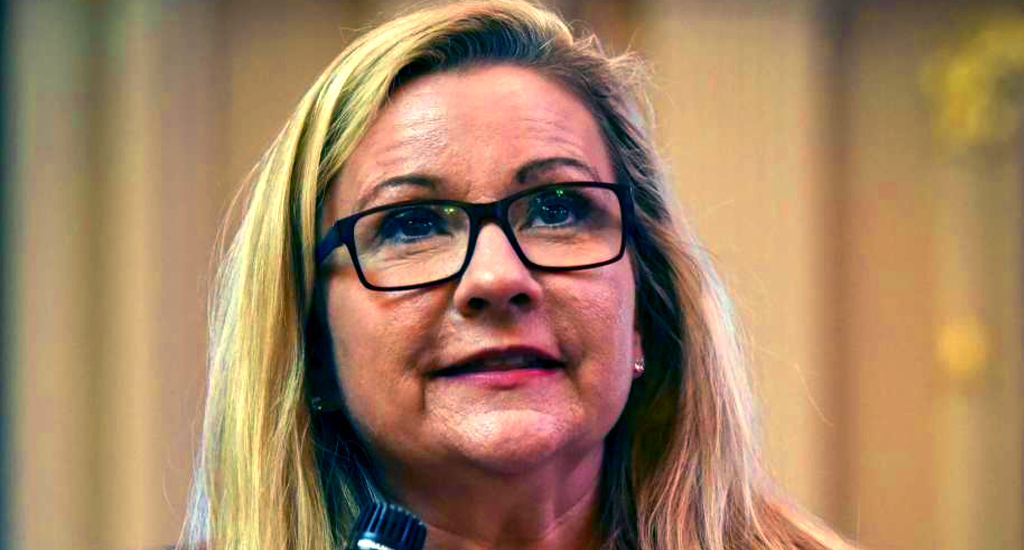State Senator Amanda Chase (I-Chesterfield) was soundly rejected by her own district in the June 20th primary, where participants were ostensibly pledged to support the nominee, win or lose.
Of course, Senate Democrats are hanging on by a thread, knowing full well that Senate Republicans are in a prime position to overwhelmingly trounce a leftist opposition party that has only doubled down on failed policies in Richmond and elsewhere.
For years, it had been speculated that Chase was held in thrall to her funders — Clean Virginia being prime among them — who were keen to paint Republicans in the worst possible light.
Those same progressive dark money groups may have found their candidate, per WTVR:
“If you give me a 1 percent chance to contest something I’m going to stand up for the people who voted and supported me,” she said.
Chase said she planned to launch a write-in campaign in the fall so she could still have a shot to hold her Senate seat in November.
Chase also stated she raised $10,000 to help get a legal consult to fight her loss.
“We didn’t want to file a frivolous lawsuit. We didn’t want to file a lawsuit that didn’t have any standing. It took some time to raise the money and took some time to have our attorneys take a look at the best strategy moving forward and we believe is going to the state board of elections,” she said.
Unfortunately for Chase, the Virginia State Board of Elections has already certified the outcome of her June 20th nomination contest.
Chase lost the primary by nearly 400 votes. CBS 6 Political Analyst Bob Holsworth said once the certification happened, the election is over.
He said the certification is a sign the State Board of Elections is comfortable with the results and that they have been reported accurately.
“This has no impact whatsoever on how they are going to act. They have acted. They have certified,” he said.
So why would Chase challenge the certification of the results? Why challenge the results? And precisely who benefits from any write-in campaign?
Well… let’s just say that it’s not the folks trying to stop Critical Race Theory and transgenderism in your schools.
Let’s be direct here. There is a reason why third-party challenges don’t work. First and foremost, because most third-party challengers are actually bucked up by one of the two major parties. Dirty secret, but there it is.
Second and close behind? Most third-party challengers aren’t even close to competing with the major political parties. Even the Libertarian Party’s 2013 gubernatorial bid didn’t come close to either McAuliffe or Cuccinelli — and for good reason.
What is that reason? Reason #3 is plain and simple: INFRASTRUCTURE.
The major parties have it; the third-party efforts do not. We aren’t just talking fundraising, we are talking a media ecosystem, volunteers, activists, pre-sold ideas in the public imagination, bureaucrats, lobbyists, corporations, relationships, relationships, relationships.
Did I mention relationships?
There’s a reason why the Reform Party collapsed in 1992, and a further reason why the Bull Moose Party was the last major third-party effort in the United States since the 1856 Republican Party. The Reform Party got hijacked (and it is well documented how that happened and who did it); the Bull Moose Party wasn’t a local or regional power, but the cult of personality of Theodore Roosevelt.
Which leads to one of two conclusions. Third party efforts are either bought and paid for to take down the good guys, or quixotic ego trips where attention is the drug and money is the fuel.
Readers can decide which.

